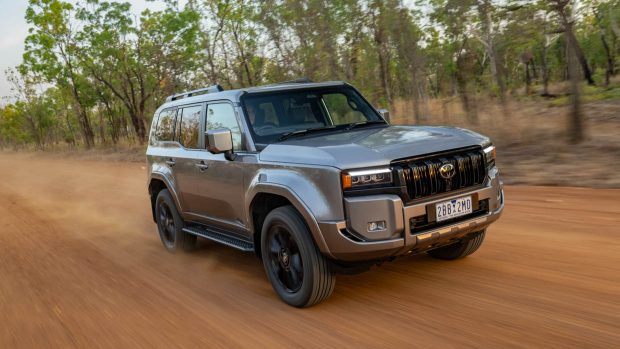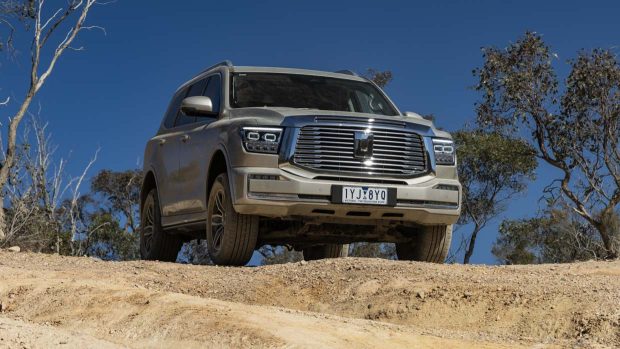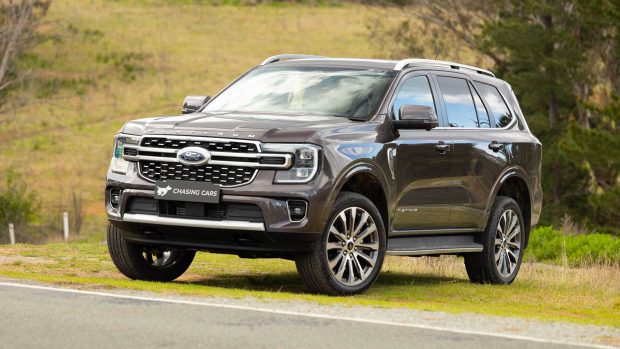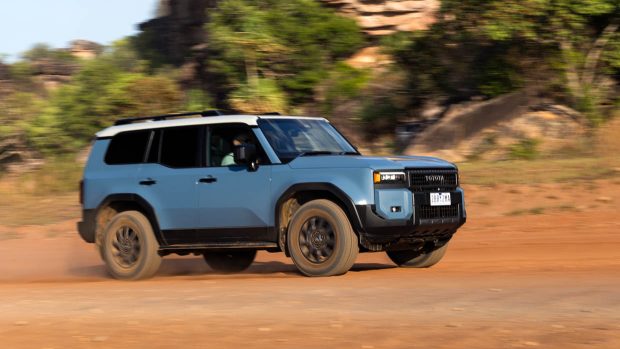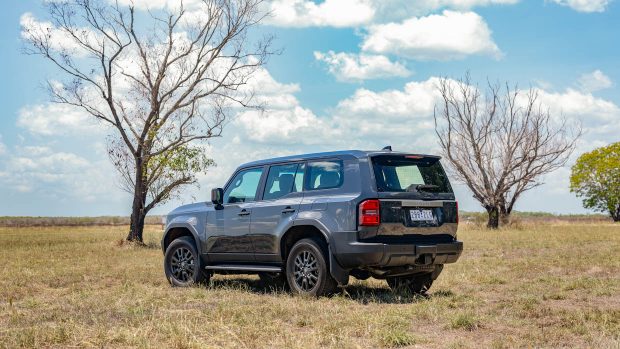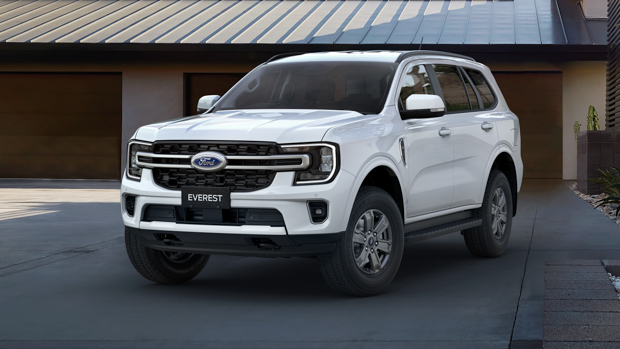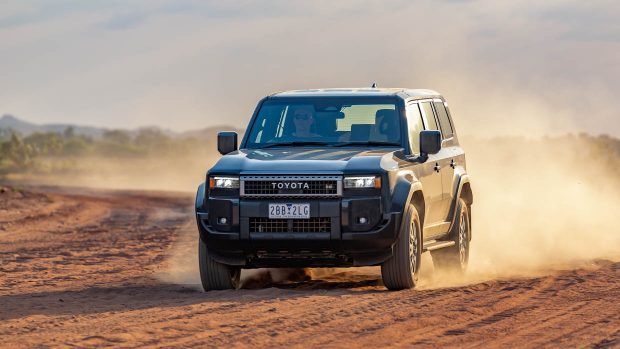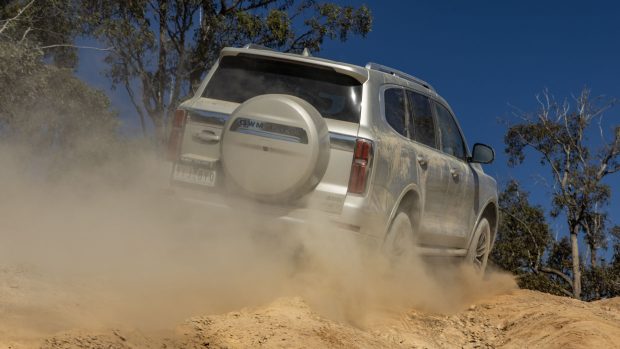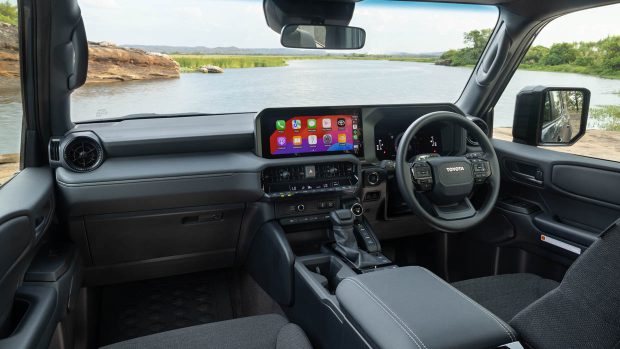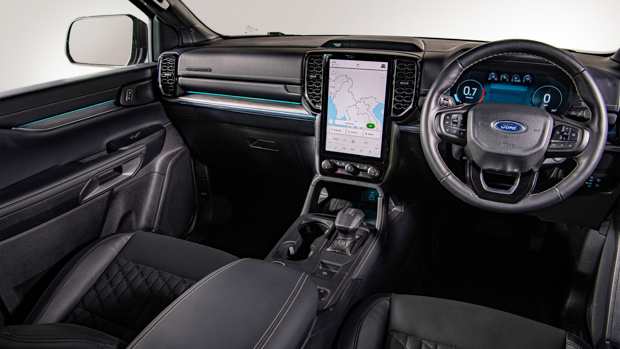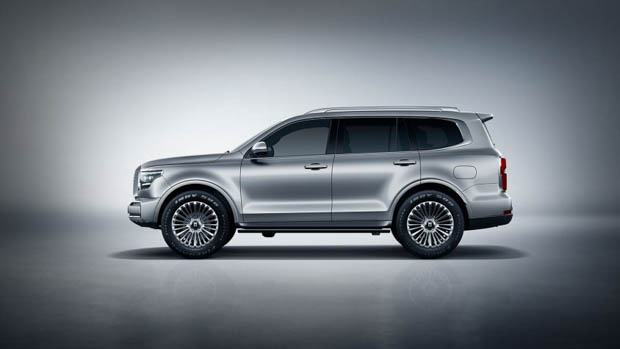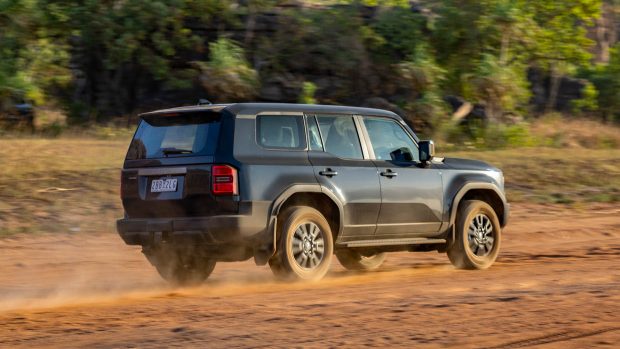-
Car Reviews
- Car News
-
Car Comparisons
Latest comparisons
- Chasing Deals
We take a look at the 2025 Land Cruiser Prado and how it stacks up against two of its biggest rivals
Toyota Land Cruiser Prado. An iconic name and one of the most hotly-anticipated models of the year. It’s been extensively hyped up and reported on, but how does the 2025 Toyota Land Cruiser Prado stack up against two of its biggest rivals? Let’s find out by comparing each of their respective specification sheets.
Starting with the newest kid on the block, the Toyota Land Cruiser Prado for 2025 ranges from $72,500 before on-road costs to as much as $99,990 before on-road costs for the flagship Kakadu.
Over in camp Ford, the Everest currently begins from $54,240 before on-road costs and stretches right to $81,115 before on-road costs for the flagship Platinum grade.
Lastly, GWM has priced its Tank 500 SUV to start from $66,490 before on-road costs for the entry Lux Hybrid and extends to $73,990 before on-road costs for the flagship Ultra Hybrid grade.
It’s worth noting that the Ford is available with more affordable RWD options in the lower grades, while the Tank 500 and Prado are 4WD only.
This makes the new Prado the most expensive of the lot, especially if you look at its starting and flagship prices.
The 2025 Toyota Land Cruiser Prado gets a single engine choice: a 2.8-litre turbo-diesel four-cylinder engine shared with the Hilux ute. It produces 150kW/500Nm and uses Toyota’s 48-volt mild-hybrid system. It’s paired to an eight-speed automatic transmission.
The Ford Everest has the most diverse set of engines of the lot and includes the choice of a 2.0-litre bi-turbo diesel four-cylinder engine with 154kW/500Nm, or a more powerful 3.0-litre turbo-diesel V6 engine that produces 184kW/600Nm. Both are paired with a 10-speed automatic transmission.
The GWM Tank 500, meanwhile, is offered in hybrid guise only. Its hybrid system consists of a 2.0-litre turbocharged four-cylinder petrol engine mated to electric motors to produce 255kW/648Nm. This hybrid setup is paired to a nine-speed automatic transmission.
Many Prado fans have expressed their disappointment that the 2.4-litre petrol-hybrid system sold in the US market is not available locally; however, this drivetrain sees the towing capacity capped at 2700kg, while the 2.8L diesel offers 3500kg.
It remains to be seen if this engine, or the 3.5-litre twin-turbo petrol V6 fitted in its Lexus GX sibling will be offered in the Aussie Prado in the near future, but at the moment it appears Toyota has chosen evolution over revolution which will be to the preference of some, but not all buyers.
Let’s have a look at what each model offers in its simplest (and most affordable) state.
As standard, the 2025 Toyota Land Cruiser Prado GX includes:
Meanwhile, the Everest Ambiente base model includes:
And lastly, the GWM Tank 500 Lux Hybrid includes:
The new Toyota Land Cruiser Prado will feature the following off-road features:
The Ford Everest Ambiente comes fitted with the following off-road features:
The GWM Tank 500 Lux comes with the following off-road features:
The 2025 Toyota Land Cruiser Prado will come as standard with the following safety features, even in the entry GX grade:
Meanwhile, the Ford Everest has the following safety features as standard:
And last but not least, the GWM Tank 500 has an extensive safety suite, including:
While the new Toyota Land Cruiser Prado will enter the market at the more premium end of the SUV segment, it’s certainly a beefy upgrade over its 150-series predecessor.
While the GWM Tank 500 probably offers more bang-for-buck and a more powerful hybrid engine, the Prado has been significantly improved in the areas of standard tech, towing capacity and, quite likely, off-road performance.
We will have to wait and see what the Prado is like in person to drive, so stay tuned to Chasing Cars for more info and reviews as they happen!
Latest news
About Chasing cars
Chasing Cars reviews are 100% independent.
Because we are powered by Budget Direct Insurance, we don’t receive advertising or sales revenue from car manufacturers.
We’re truly independent – giving you Australia’s best car reviews.
